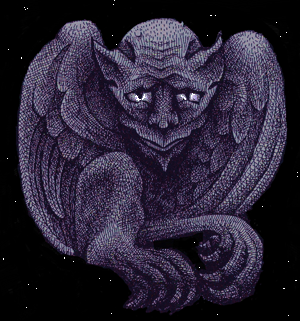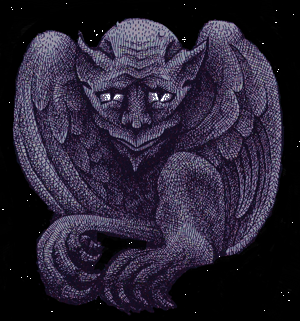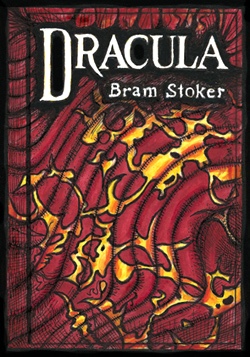



Dracula by Bram Stoker
“I am glad it is old and big. I myself am of an old family and to live in a new house would kill me. A house cannot be made habitable in a day, and after all, how few days go to make up a century. I rejoice also that there is a chapel of old times. We Transylvanian nobles love not to think that our bones may lie amongst the common dead. I seek not gaiety nor mirth, not the bright voluptuousness of much sunshine and sparkling waters which please the young and gay. I am no longer young, and my heart, through weary years of mourning over the dead, is not attuned to mirth. Moreover, the walls of my castle are broken. The shadows are many, and the wind breathes cold through the broken battlements and casements. I love the shade and the shadow, and would be alone with my thoughts when I may.”
That's how the Count explains to the solicitor Jonathan Harker his wish to purchase a dilapidated English Abbey. The Count seems to be joking here by almost revealing himself as a reclusive blood-drinking vampire living in an ancient castle. As a confined Transylvanian nobleman born hundreds of years before the opening of this strange tale, he longs to "be in the midst of the whirl and rush of humanity, to share its life, its change, its death, and all that makes it what it is." He can shapeshift into a wolf, bat, and mist. He has hypnotic and telepathic abilities and can command nocturnal critters. But his youthful vitality depends on feeding on living human blood. He's groggy by daylight, usually can't cross running water, and can't enter a location unless he gets an invitation. He's quite vulnerable to physical attacks during daylight when 'sleeping' and can be repelled by various holy paraphernalia. And he always needs to rest with plenty of his Transylvanian soil to regain his impressive strength and sustained lifespan. His desire to overcome these handicaps is by moving with large amounts of his native soil to some spacious London real estate.
Acting as an estate agent, Jonathan Harker travels to meet the Count in the remote Carpathian Mountains. Imprisoned in the Count’s musty castle, Harker is terrified of Dracula's three sultry 'Brides.' He escapes and is nursed back to sanity by his resolute fiancée Mina Murray. Using his orderly clerical skills Harker becomes an effective vampire stalker. Mina’s best friend Lucy Westenra, becomes mysteriously ill and briefly channels Dracula in a somnambulistic state. Dr. Seward, administrator of the local insane asylum, gives Lucy three blood transfusions with his mentor, Professor Van Helsing. Dr. Seward is also studying the bizarre behavior of one of his patients, R. M. Renfield. Devouring insects, birds, and rats to absorb their “life-force”, Renfield sways between his obedience to Dracula and his premonition of everyone’s impending doom. Entranced by Dracula’s promise of an endless food supply, Renfield spirals down into deeper mania and weirdness. Professor Van Helsing describes his cutting-edge theories on who and what is at this center of this dangerous hysteria. He begins to confide in Dr. Seward his hunch about Renfield’s role and what the Count actually is. Van Helsing questions the apparent limits of science as he protects the league and earns the trust as the persistent hunt leader. Mina, educated and self-assured, struggles to shield her boyfriend Jonathan and her best friend Lucy from the Count’s destructive urges. Eventually Mina becomes telepathically connected to the influencial Count, as she fights against her own vampiric transformation with tenacious will-power.
By reading each character’s journal entries and letters, the reader can surmise more than what the character actually knows. This can summon the reader into multiple points of view and experiences. In travelling through the past and present time, one is carried along with the personal events of each character. As each personal event unfolds towards an ever quickening conclusion, the story generates a widening panorama of engaging adventures and themes. But we never hear much from the Count himself. How did he get this way? Are there others like him? And ... does he have a plan?
Dracula by Bram Stoker
Published 1897; Barnes & Noble Collectible Editions Series
(different cover art © Wil Dewey shown above)
Return to The Bookshelf